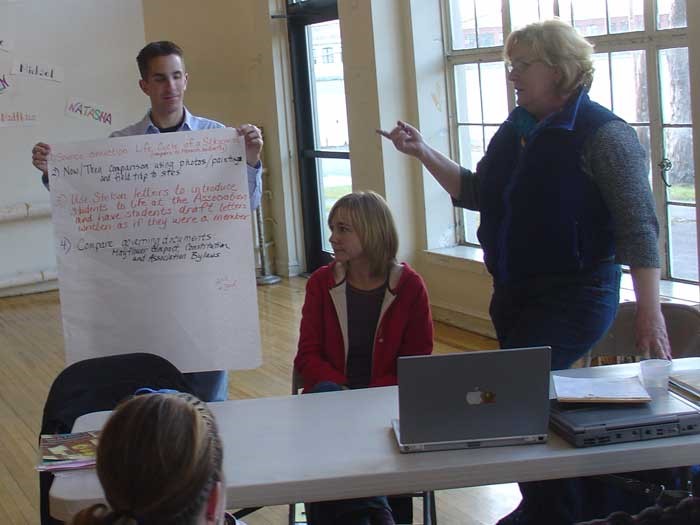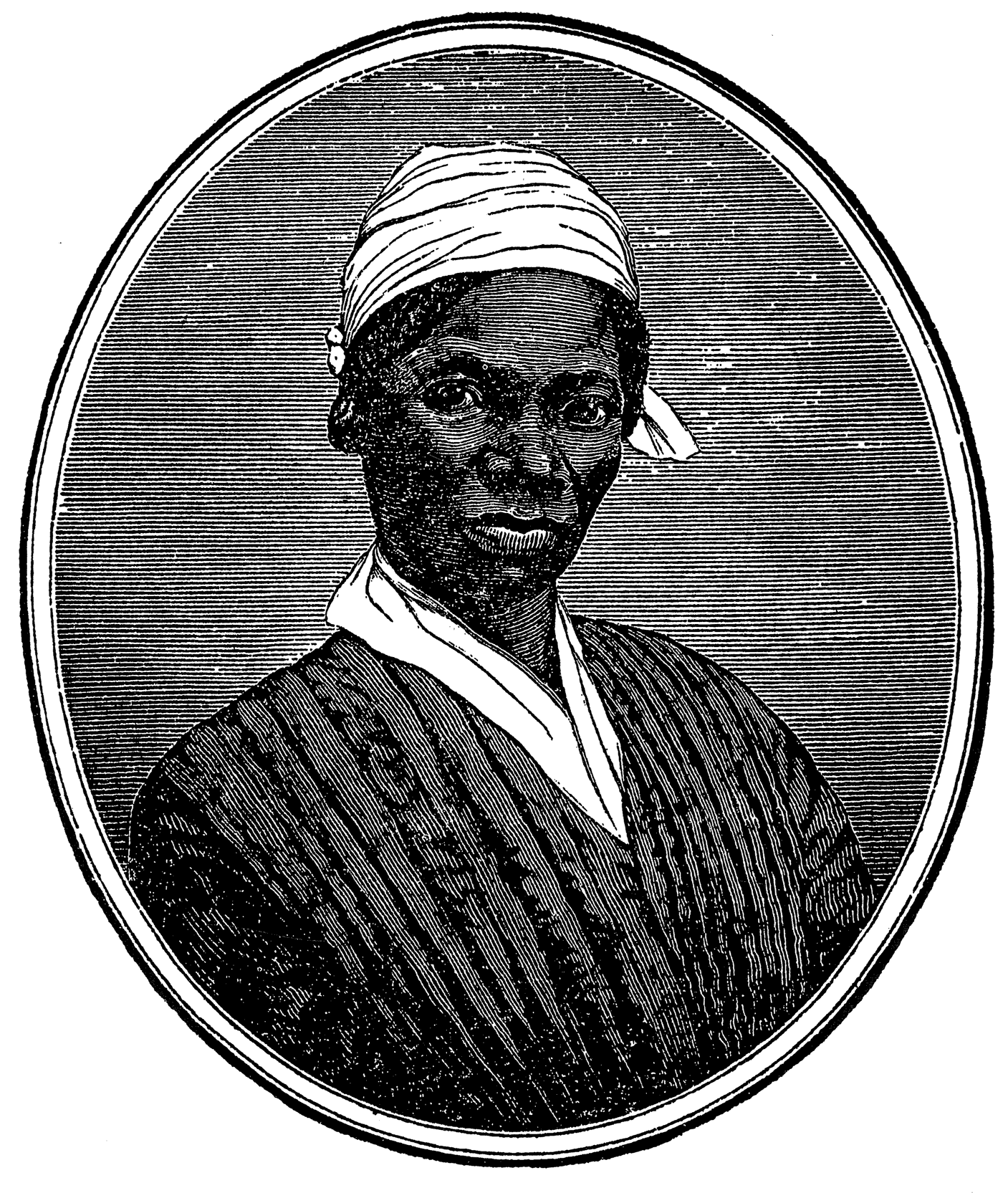The Story of Our Partnership
The Significance of Radical Equality
The NAEI story drew us because this local story provides distinctive insights into Abolitionism and related reform movements of the early 19th Century. Key abolitionists–David Ruggles, Lydia Childs, and Sojourner Truth–joined or contributed to the community. William Lloyd Garrison summered there with his sister’s family. Frederick Douglass and other leaders stopped to enjoy the community’s radical egalitarianism.
Seeking economic as well as political equality, the NAEI played a brief but important role in the birth of New England huge textile industry. Industrialists associated with the NAEI founded Northampton’s lucrative silk industry at the community’s former factory.
Central to this exhibit are the many fascinating letters between the ordinary members of the Stetson family. Their correspondence provides a unique view into daily life of a most extraordinary community. We are only able to tell their story because their descendants preserved their letters for more than a century, generously passing them to Historic Northampton in the 1990s. In addition, the site owes a deep intellectual debt to the incisive scholarship on the letters by scholars Christopher Clark and Kerry Buckley.
Bringing the Vision to Life: Acknowledgments

ideas for working with Model Story.
Teachers explore an early version
of the site and provided input on
how best to put the story of the
NAEI to use in classrooms.
In 2006 our team set out to link the powerful local story of the NAEI to national themes and events in state and national standards for U.S. History. Supported by a U.S. Department of Education Teaching American History grant, we chose more than 70 primary sources from among hundreds of documents, artifacts, and images in the collections of the Historic Northampton Museum.
This site exists due to the tireless work of the entire research and design team.
- Rich Cairn, Director of the Emerging America: Teaching American History (TAH) Program led the team.
- Meghan Gelardi Holmes, Assistant Director of the Emerging America: TAH helped lead the team and assembled many of the exhibit’s pieces.
- Kerry Buckley, Executive Director of the Historic Northampton Museum demonstrated great creativity and knowledge of the NAEI and its world. Historic Northampton Archivist, Marie Panik, and Educator, Lindsey VanDoren provided frequent and essential support.
- Christopher Clark of the University of Connecticut conducted the foundational research on which the site was built.
- Dave Hart and Matthew Mattingly from the UMass Amherst Center for Educational Software Development tapped a decade of experience with local history and the web to generate many of the sites multimedia features.
- Kelley Brown, history teacher at Easthampton High School applied her vital reservoir of classroom experience in writing both the narratives and the high school lessons. Many other teachers contributed feedback and innovative ideas.
- Steve Strimer’s zeal for the nation’s long struggle for justice lent the site passion and conviction.
- Marjorie Seneschal of Smith College broadened the scope of the story with her work on the silk industry.
- Chris Sparks, Lucia Foley, Suzanne Judson-Whitehouse, and Masci Web Design employed much technical and creative wizardry to breathe the creation to life.
- Bruce Laurie and the faculty of the UMass Amherst Department of History gave critical professional guidance and helped to ensure program integrity.
- Cecelia Buckley and the Professional Development Department of the Collaborative provided the platform from which this ambitious project could build.
- Finally, the vision of Congress in supporting the U.S. Department of Education Teaching American History program quite simply made the project possible.
Project Partners
The Radical Equality site came about through a long-term partnership between the Collaborative and the scholars and archivists of the Historic Northampton Museum. The Center for Educational Software Development provided extensive technical expertise. The Department of History and the School of Education at UMass Amherst helped guide the project. (For more on the roles of partners and a complete list of writers and advisors, see the About This Site page.)
The site was made possible through a Teaching American History Grant from the U.S. Department of Education.



